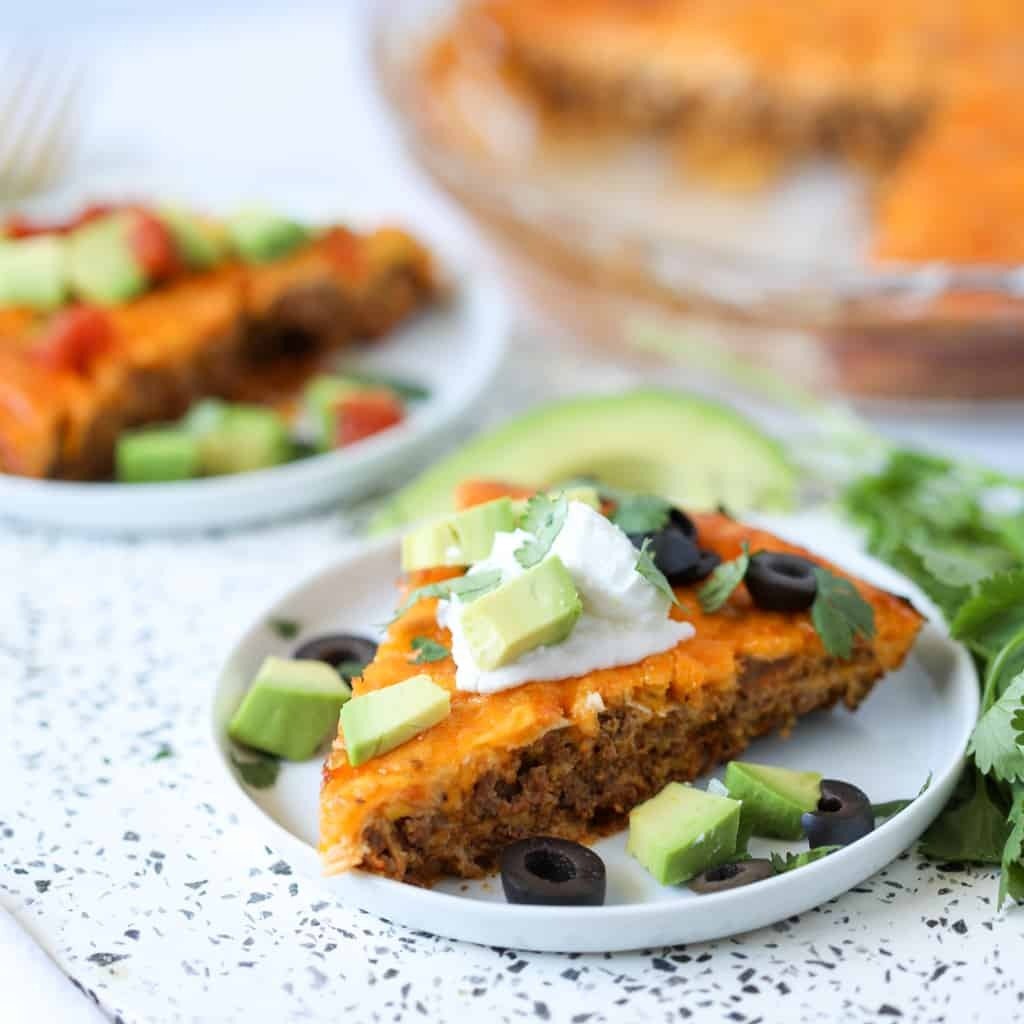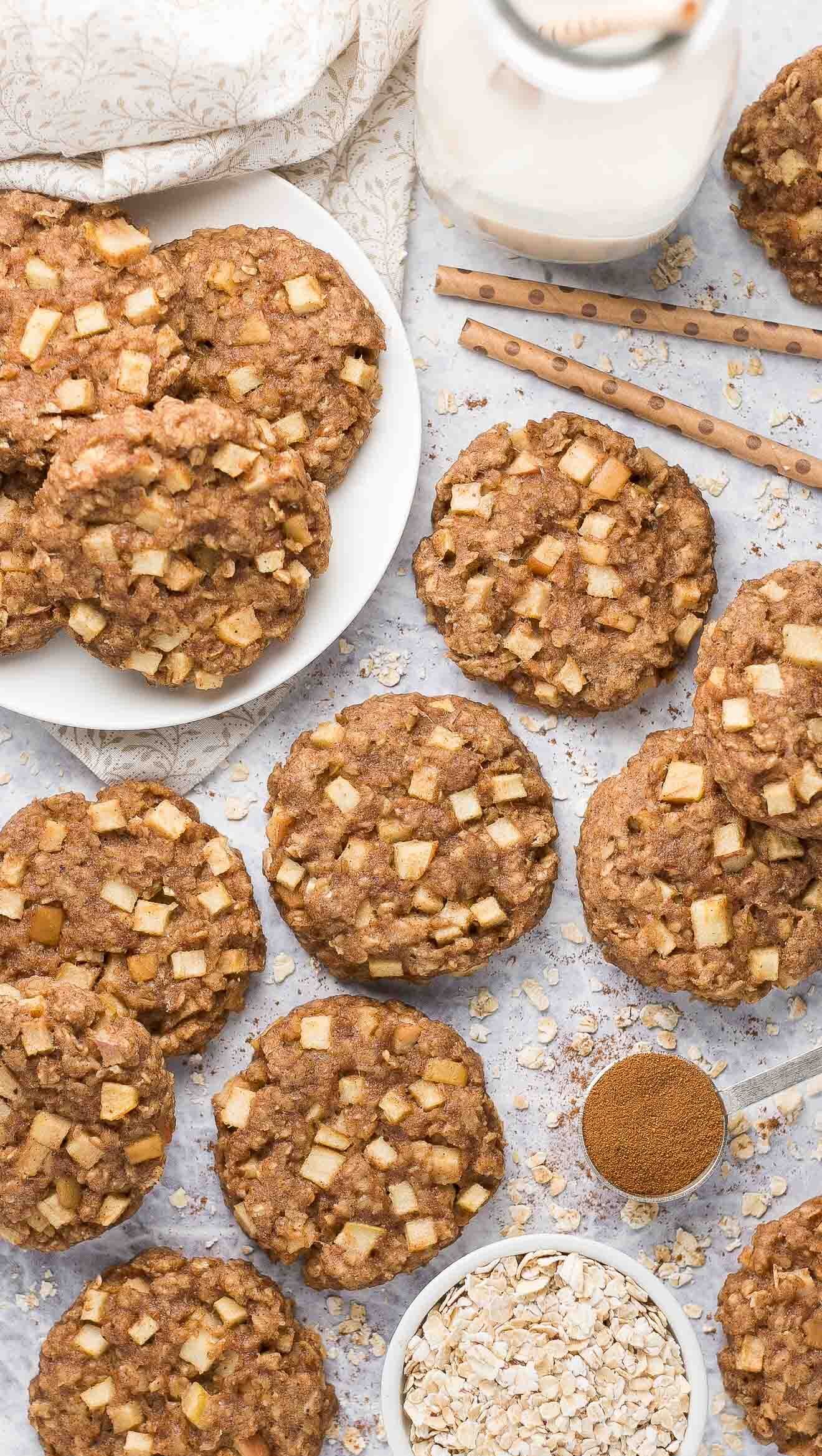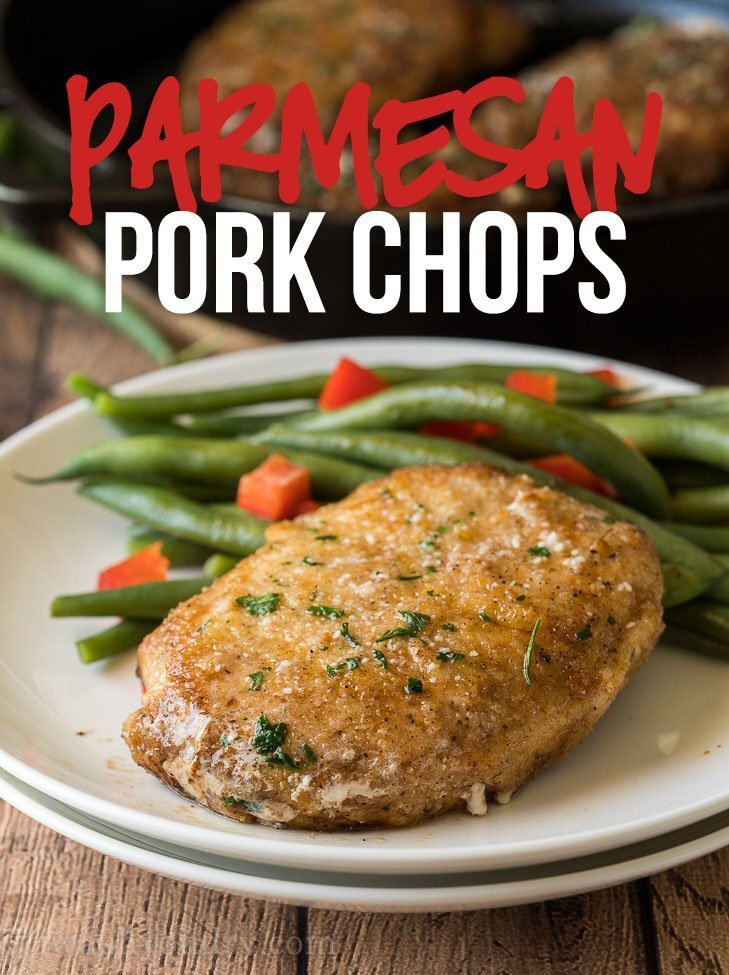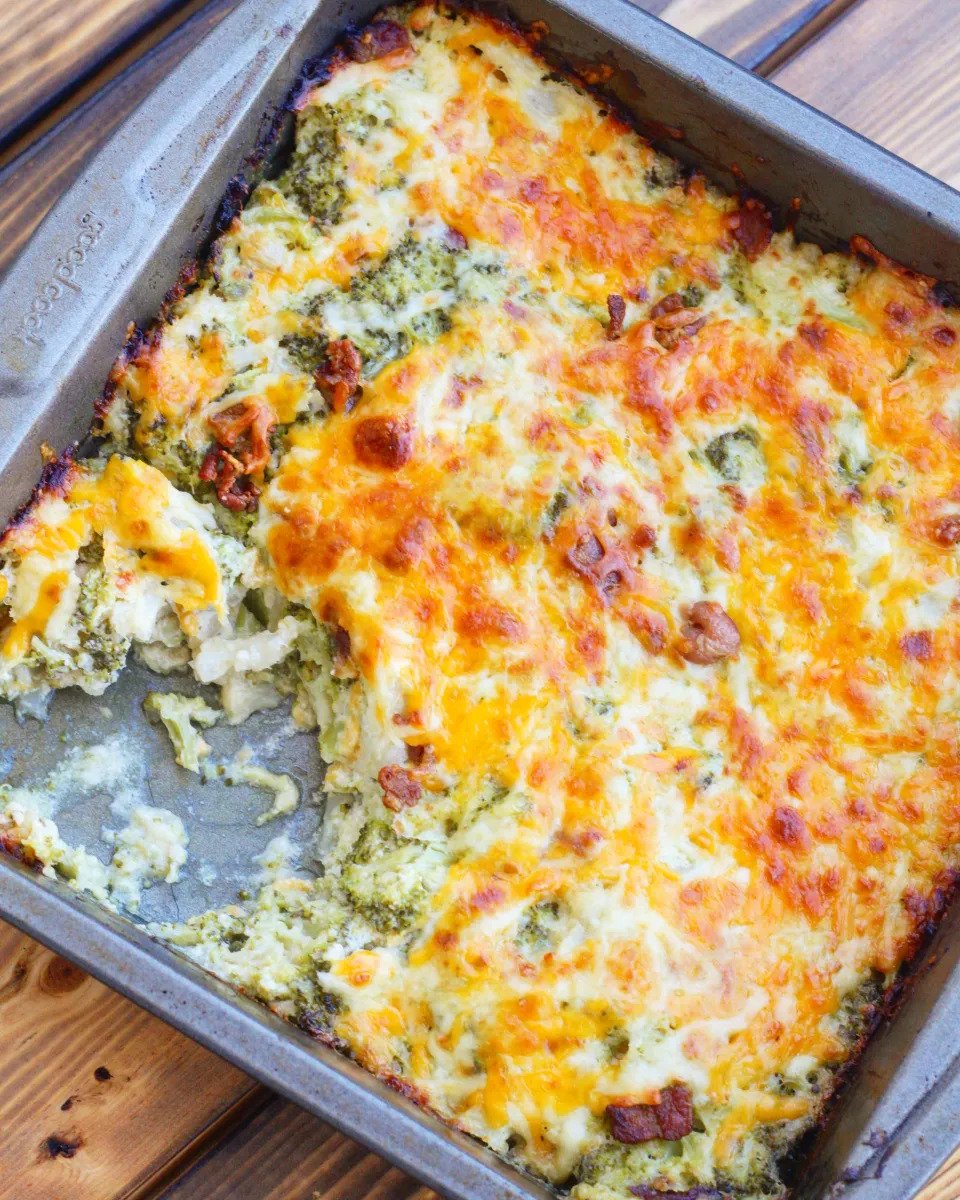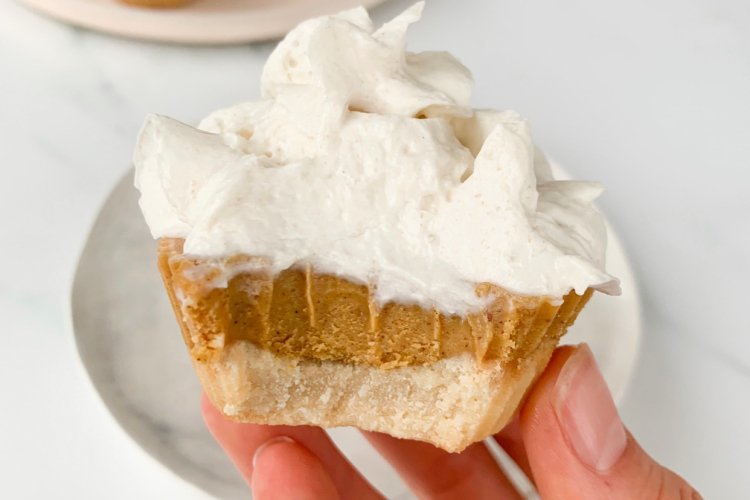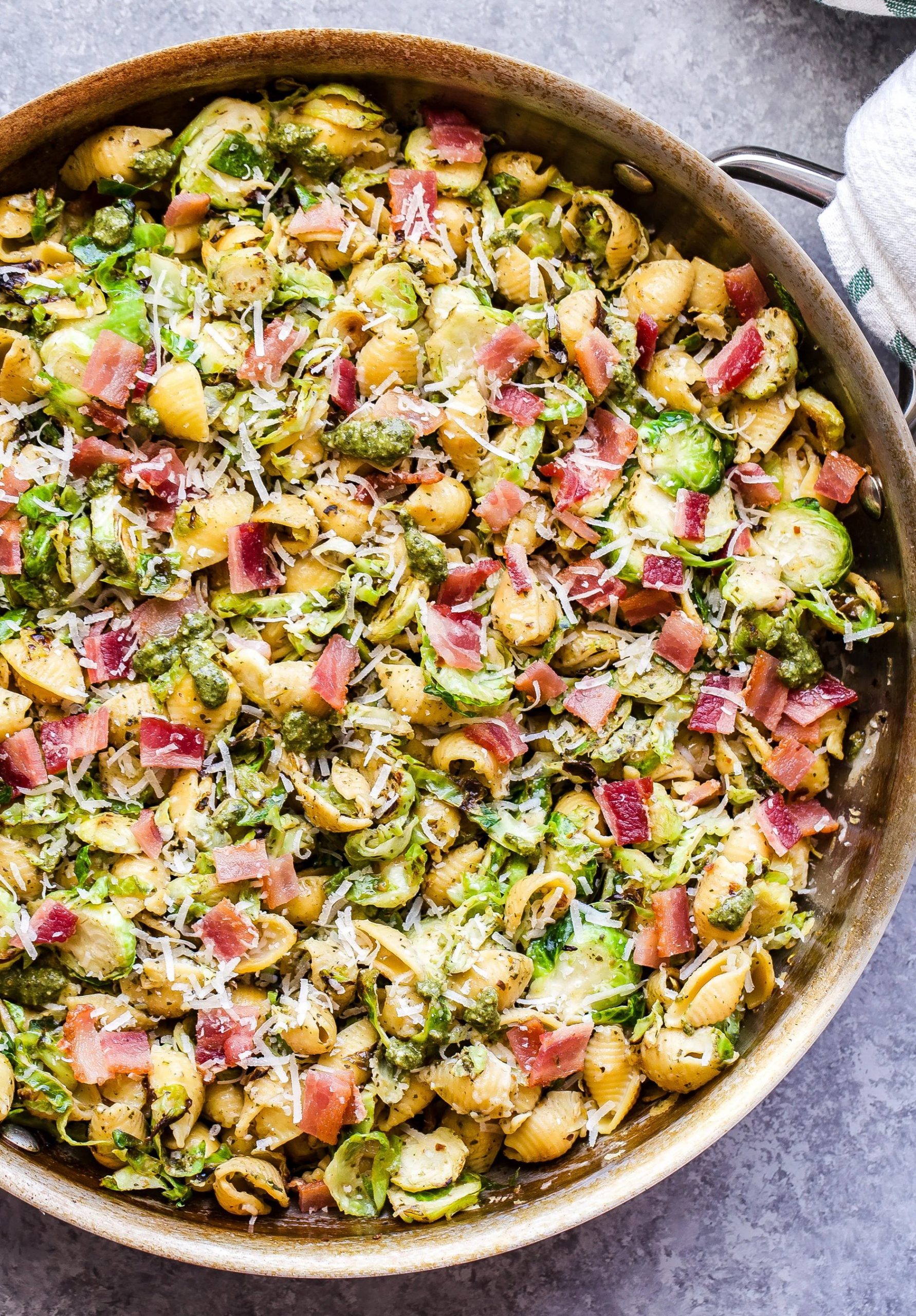EASY WAYS TO BAKE, ROAST, AND PURÉE PUMPKIN
Picking the Right Pumpkin
It’s crucial to choose the appropriate pumpkin for the job before you start cooking.
- The “sugar pumpkin” or “pie pumpkin,” which you can find in the grocery store in the fall, is the most widely used cooking pumpkin. Compared to typical carving pumpkins, they are smaller and rounder. The flesh is also sweeter and less stringy than that of a pumpkin used for carving decorations.
- The Japanese Kabocha pumpkin, which is vivid orange in color, is another pumpkin that is excellent for cooking. It has a fluffy texture and is sweeter and more flavorful than sugar pumpkin.
Note: Keep in mind that pumpkins are all edible! Compared to the smaller sugar (pie) pumpkin, Jack-O-Lantern pumpkins tend to be stringier, less sweet, and more moist, although they can still be cooked and eaten.
Storing Pumpkins
Keep pumpkins cool, but not quite as cool as root crops, if you’re not intending to prepare them straight immediately. Storing them under the bed works nicely if your bedroom is moderately cool; just make sure you remember them. A garage, cool basement, or mudroom will also do. The ideal storage range for them is between 50° and 65°F (10° and 18°C).
How to Cook a Pumpkin
Baking Pumpkin
Cleaning, chopping, and placing a pumpkin in the oven are all that are required to bake one.
- Heat 325°F oven temperature.
- To get rid of any obvious dirt, use a vegetable brush to scrub the pumpkin’s exterior.
- After removing the stem, split the pumpkin in two (from top to bottom). With a spoon, remove any seeds and fibers from each half. Both an ice cream scoop and a serrated grapefruit spoon work well for this. If desired, clean and reserve the seeds for roasting.
- Pumpkin halves should be cut into smaller pieces, and the chunks should be placed skin-side up in a shallow baking dish with a lid.
- Cover the dish securely after adding water to just cover the bottom.
- When the pumpkin is delicate to the touch, bake for about an hour in the oven. Keep an eye on them because the time may vary depending on the size of your pieces. In case of uncertainty, cook longer; the pumpkin won’t suffer.
- After allowing it to cool for ten minutes, remove the peel or scoop out the flesh.
Roasting Pumpkin
Roasting the pumpkin at a higher temperature for a shorter period of time makes it much simpler to achieve that caramelized flavor. This is how:
- Heat 400°F oven temperature.
- To get rid of any obvious dirt, use a vegetable brush to scrub the pumpkin’s exterior.
- After removing the stem, split the pumpkin in two (from top to bottom). With a spoon, remove any seeds and fibers from each half. Both an ice cream scoop and a serrated grapefruit spoon work well for this. If desired, clean and reserve the seeds for roasting.
- Put the pumpkin on a baking sheet that has been parchment papered, cut side down.
- Bake the pumpkin for 35 to 50 minutes, or until it is almost completely collapsed.
- After allowing it to cool for ten minutes, remove the peel or scoop out the flesh.
Making Fresh Pumpkin Purée
This process requires 5 minutes: Simply use a food processor to puree the cooked pumpkin chunks until smooth. I’m done now! Purée must be used within a few days. Alternatively, freeze it for later use in large freezer bags.
(Note: Add water if your purée is too dry. Strain it through cheesecloth or a fine-mesh strainer if it’s too watery.)
Using canned pumpkin is perfectly safe; the texture is the key distinction. Homemade purée has a smoother, fresher, and more vegetal flavor. The spices added will dominate the flavor of the canned pumpkin. We like using our own purée as a foundation for soups, pumpkin bread, muffins, dip, and other recipes.
Roasting Pumpkin Seeds
Don’t throw away those pumpkin seeds! When spiced and roasted, they make a wonderful snack. See our recipe for roasted pumpkin seeds here.











